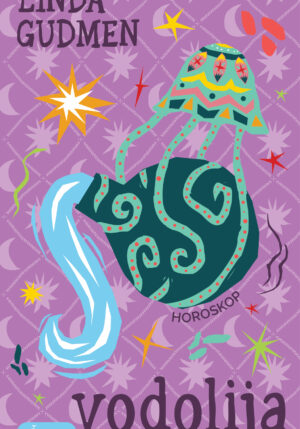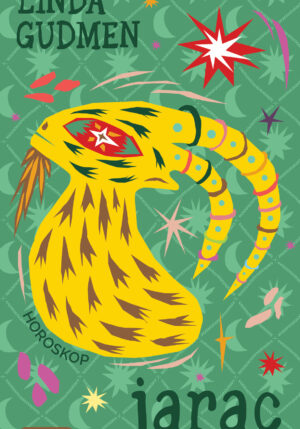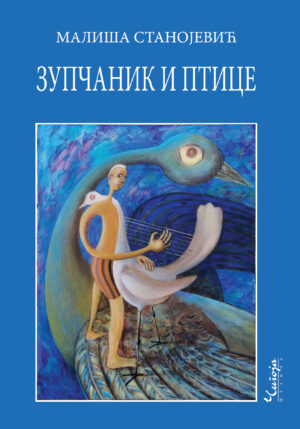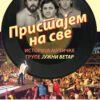1.650,00 RSD Originalna cena je bila: 1.650,00 RSD.1.320,00 RSDTrenutna cena je: 1.320,00 RSD.
| Autor | Marija Dumnić Vilotijević |
| Broj strana | 391 |
| Format | 24 cm |
| Godina | 2019 |
| Pismo | Ćirilica |
| Povez | Broš |
| Godina izdavanja | |
|---|---|
| Žanr | |
| Autori |


Rukopisna zbirka Jovana Frajta : fragment istorije instrumentalne gradske narodne muzike



1.320,00 RSD Originalna cena je bila: 1.320,00 RSD.1.056,00 RSDTrenutna cena je: 1.056,00 RSD.


1.980,00 RSD Originalna cena je bila: 1.980,00 RSD.1.550,00 RSDTrenutna cena je: 1.550,00 RSD.